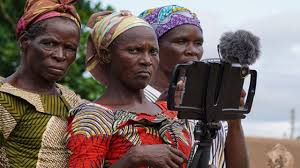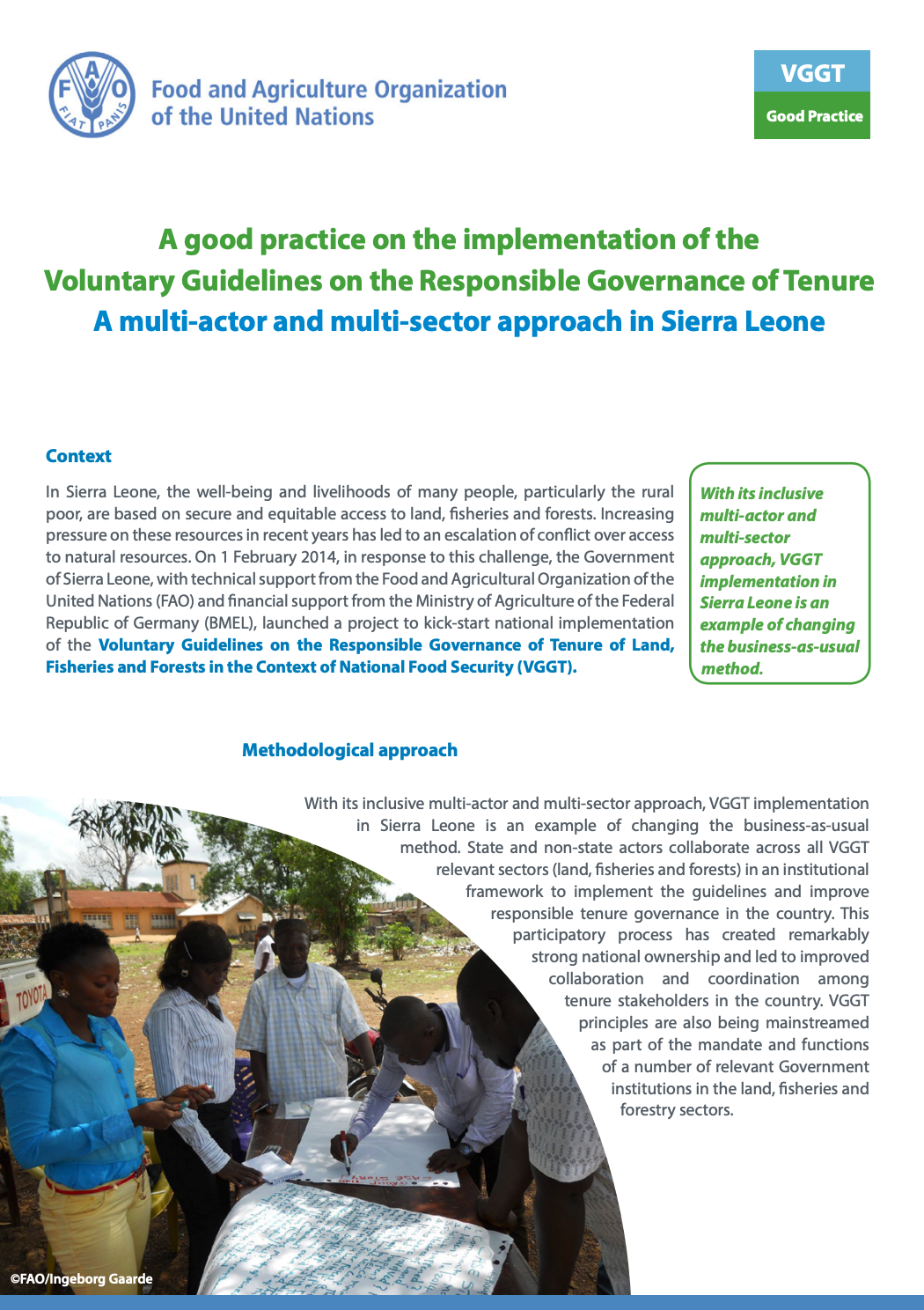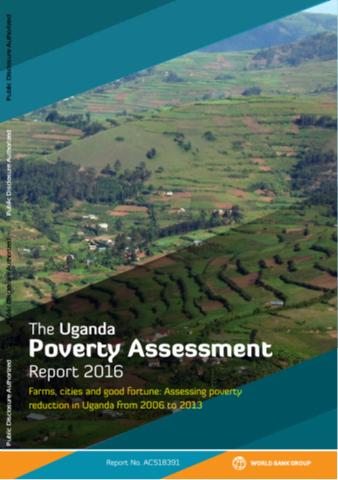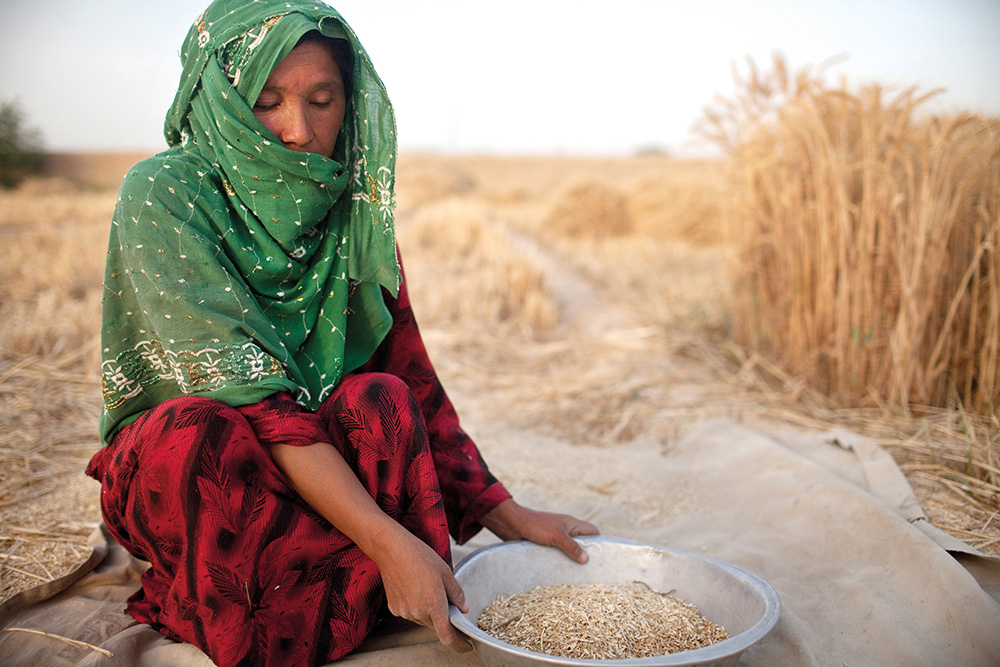Declaration on land issues and challenges in Africa
The Heads of States and Government of the African Union in collaboration with UNECA and AfDB, to carry out studies on the establishment of an appropriate institutional framework that can support Member States in their efforts towards reviewing, developing and implementing land policies including mechanisms for progress tracking and reporting, as well as for the establishment of an African Fund for Land Policy.
Revitalized agriculture for balanced growth and resilient livelihoods: Towards a rural development strategy for Mon state
The purpose of this policy brief is to provide national and state-level policymakers, private sector investors, civil society and donors with an analysis of the rural economy of Mon State and pathways to improved prosperity for its population. The analysis is based on a representative survey (the Mon State Rural Household Survey 2015) of 1680 rural households, which comprise 73% of Mon State’s 2 million residents, and extensive interviews with farmers, traders, processors, local leaders and government officials.
Intra-rural migration and pathways to greater well-being: Evidence from Tanzania
Migration between rural locations is prevalent in many developing countries and has been found to improve economic well-being in sub-Saharan Africa. This paper explores the pathways through which intra-rural migration affects well-being in rural Tanzania. Specifically, we investigate whether such migration enables migrants to access more land, higher quality land, or greater off-farm income generating opportunities that may, in turn, translate into improved well-being.
Widow's Cry (Pakorpa Susangho)
Pakorpa Susangho’ (Widow’s Cry) is an exploration of how corruption impacts on widows in the Upper East region of Ghana. This participatory video was devised and shot by ten widows from Kulbia, on the outskirts of Bolgatanga, using cutting-edge production techniques and equipment (including iPads as powerful video cameras). The filmmakers, whose ages range from 29 to 60, lack any formal education yet learned to operate the equipment with confidence and skill during a series of participatory video workshops packed with fun games and exercises.
Land Use Change, Carbon Sequestration and Poverty Alleviation
Land use change is a key requirement for improving rural incomes and making a significant reduction in poverty levels globally. Over 70% of the world’s poor are located in rural areas, with land use as a major source of subsistence. Improving the productivity of their land use systems is essential for increasing incomes and food security among them. Land use change is also a relatively low cost and rapidly implementable means of climate change mitigation.
Poverty and Environmental Degradation in Southern Burkina Faso: An Assessment Based on Participatory Methods
The poverty and environmental degradation vicious circle hypothesis considers the poor as agents and victims of environmentally degrading activities. Despite some studies, however, there still has not been a sufficient empirical examination of the poverty-environment nexus.
A good practice on the implementation of the Voluntary Guidelines on the Responsible Governance of Tenure: A multi-actor and multi-sector approach in Sierra Leone
In Sierra Leone, the well-being and livelihoods of many people, particularly the rural poor, are based on secure and equitable access to land, fisheries and forests. Increasing pressure on these resources in recent years has led to an escalation of conflict over access to natural resources.
The Uganda Poverty Assessment Report 2016
Uganda’s progress in reducing poverty from 1993 to 2006 is a remarkable story of success that has been well told. The narrative of Uganda’s continued, albeit it slightly slower, progress in reducing poverty since 2006 is less familiar. This was a period in which growth slowed as the gains from reforms years earlier had been fully realized, and weak infrastructure and increasing corruption increasingly constrained private sector competitiveness (World Bank 2015). This report examines Uganda’s progress in reducing poverty, with a specific focus on the period 2006 to 2013.
Land reform – the solution to rural poverty?
A critical assessment of 22 years of land reform policies in South Africa. Concludes that land reform has been captured by elites. The most powerful voices are those of ‘emerging’ black capitalist farmers (often with non-farm incomes), traditional leaders, large-scale white commercial farmers and agribusiness corporates, who are all benefiting more than the poor.
More Market, Less Poverty, But Also More Sustainable Land Use?
The main question in this research is to what extent agriculture on fragile slopes would become more sustainable if the farmers were given more possibilities for selling their products and acquiring production resources. An empirical study conducted in northern Benin demonstrates that a more accessible market does not lead to substantial increase in soil erosion control measures.
Why property rights matter
It is widely accepted among economists and policy-makers that secure and well-defined land property rights are integral to poverty alleviation and economic prosperity. But how do legal systems, land tenure and economic development really relate to one another? Our author demonstrates the links using her latest research results from 146 countries.










